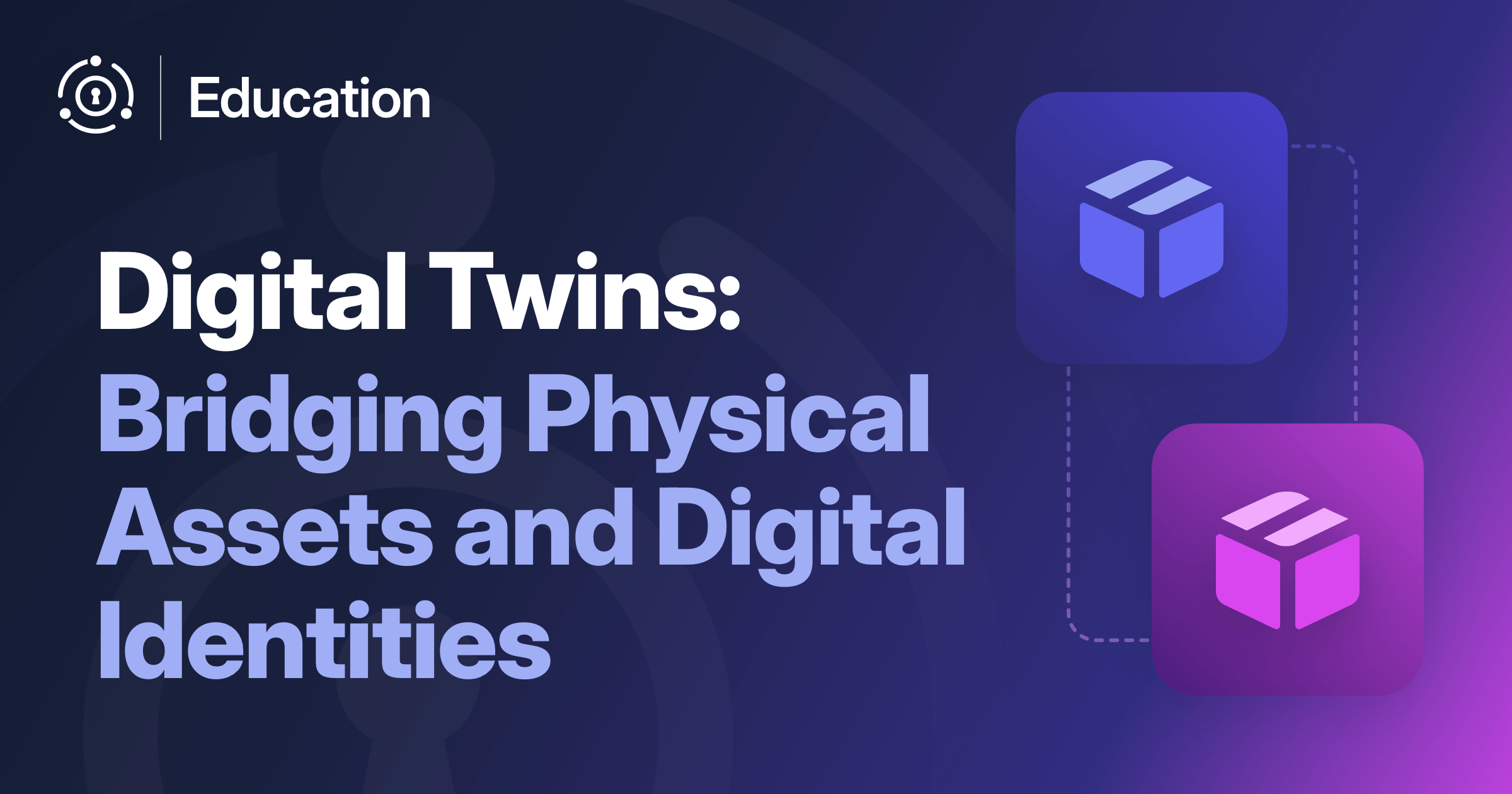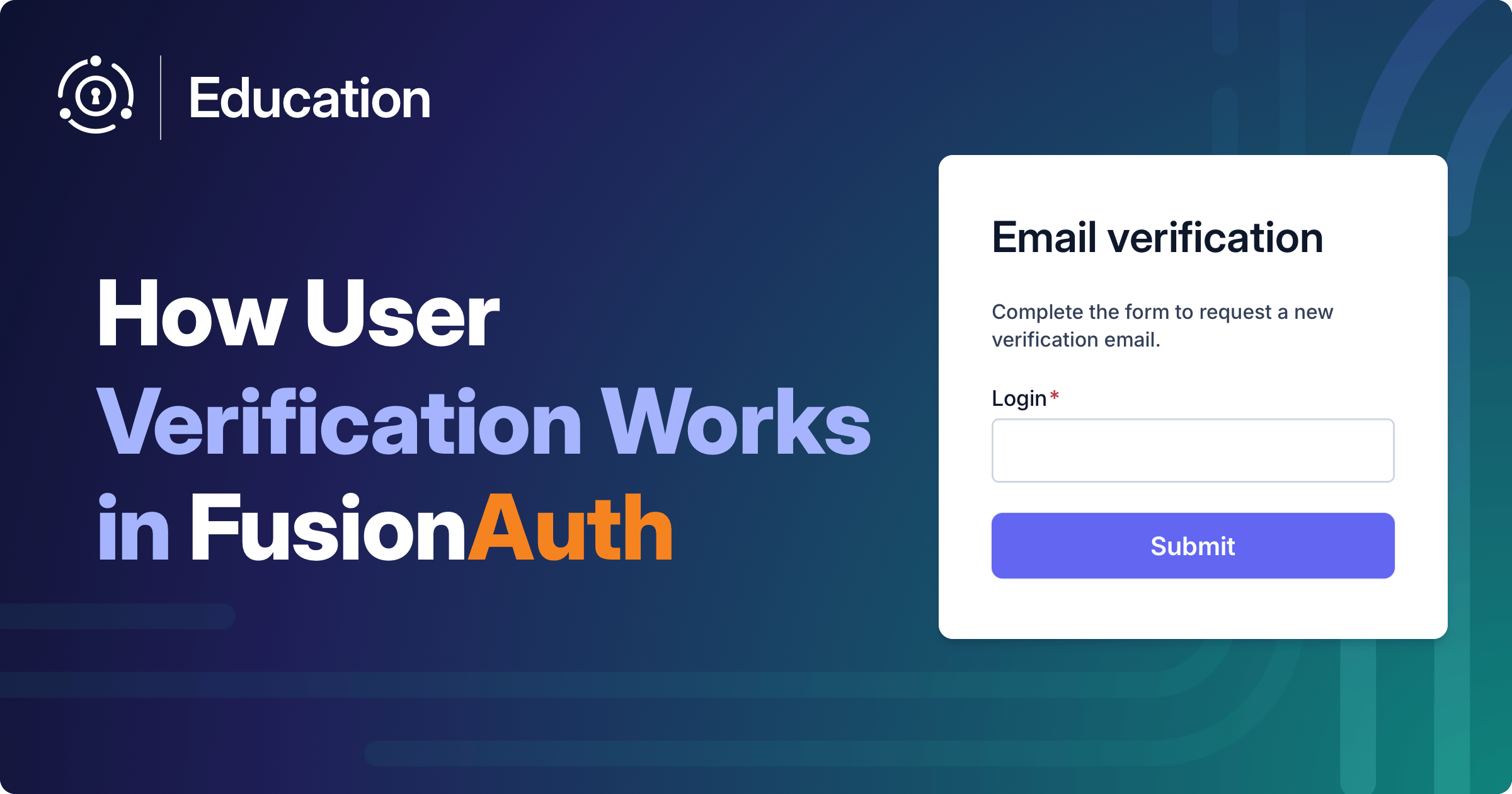In a perfect world, every organization would have a comprehensive digital representation of their physical assets, complete with real-time data, access control, and predictive capabilities.
Well, we’re getting closer to that reality, and entity management systems can play a crucial role in making digital twins more accessible, secure, and valuable. As the physical and digital worlds converge, understanding digital twins is more and more important.
What Is a Digital Twin?
A digital twin is a virtual representation of a physical object, system, or process that mirrors its real-world counterpart in real-time. Think of it as creating a digital doppelgänger for each hardware asset. These can include:
- industrial machines
- consumer products
- medical devices
- vehicles
- even entire buildings
Such digital counterparts continuously interact with APIs, providing or retrieving data, creating a bridge between physical and digital realms.
Why Create Digital Twins?
Here’s why organizations across industries are investing in this technology:
Reporting
Digital twins provide visibility into how assets are performing. With real-time data collection and visualization, organizations can generate comprehensive reports on everything from energy consumption to maintenance needs.
Such visibility eliminates guesswork and enables data-driven decision making.
Access Control
By using digital twins to represent connected hardware, you can easily review, update and monitor access the hardware has to other systems, including APIs, other devices and more. By modifying the digital twin, you modify the corresponding access of the physical asset.
Data Analysis
Data streams from digital twins are useful for analysis and gaining insight. Organizations can identify patterns, anomalies, and correlations that would be impossible to detect through manual monitoring. This analysis can uncover inefficiencies, predict failures, and identify optimizations.
Predictive Maintenance
Perhaps one of the most valuable applications of digital twins is predictive maintenance.
By analyzing historical data and current operating conditions, organizations can forecast when components will fail or require service. This shifts maintenance from a reactive to a proactive approach, reducing expensive downtime and extending asset lifespans.
Simulation and Testing
Disconnected digital twins provide safe environments for testing changes or improvements before implementing them in the physical world.
Want to understand how adjusting a production line will affect throughput? Curious about how new control software might impact energy consumption? Proper use of digital twins lets you find answers to these types of questions without risking disruption to your real world production line.
Remote Monitoring
In an increasingly distributed world, the ability to monitor and manage assets remotely has become essential. Digital twins enable teams to observe, control, and troubleshoot assets from anywhere.
This helps reduce expensive in-person on-site visits and enables faster response times.
Types of Digital Twins
Digital twins generally fall into two major categories, continuously online and online/offline.
Online Digital Twins
Online digital twins have constant connections to their physical counterparts, receiving and processing data in real-time. The physical hardware may need APIs to provide auxiliary services, such as the ability to close or open a garage door from your phone.
For these twins, controlling access capabilities is critical, since they may change over time.
Online/Offline Digital Twins
Online/offline digital twins operate in environments where continuous connectivity isn’t feasible. They rely on periodic data synchronization rather than constant connection, and are more likely to push data up for analytics or other purposes than to use a connection for product features.
For these types of twins, data syncing is the most important aspect. The hardware needs to efficiently send data from the physical asset up to the twin, which must store it securely. Physical assets need to optimize local data storage and processing capabilities to ensure correctness during disconnected periods.
Offline twins also need to efficiently reconcile configuration changes between physical assets and their digital representations with minimum network usage while managing potential conflicts. Conflict-free replicated data type (CRDT) technology can help with managing such changes.
Implementation Considerations
Successfully implementing digital twins requires careful planning across several dimensions:
Data Requirements and Collection Methods
The foundation of any digital twin is data. Organizations must determine what data points are essential for their use cases and how to collect them reliably. This might involve sensors, IoT devices, manual inputs, or integration with existing control systems. The quality, frequency, and completeness of this data impacts the twin’s utility.
Need to connect hardware to APIs securely? Book a demo and see how FusionAuth enables access control for real-world devices.
Platform Selection
Choosing the right platform for your digital twins involves evaluating capabilities across access control, data processing, visualization, and integration. Solutions like Microsoft Azure Digital Twins and AWS IoT Greengrass can provide sophisticated syncing capabilities.
Auth solutions like FusionAuth’s machine to machine solution can provide the identity and access management foundation needed to securely connect online hardware to APIs and other services.
Integration with Existing Systems
Digital twins rarely exist in isolation. To fully leverage them, you need other enterprise services and software. Enterprise systems such as ERP, CRM, maintenance management, and more. Planning these integrations early ensures that digital twins enhance rather than complicate existing workflows.
Security Considerations
Digital twins can control and influence the physical world, both directly, via making changes to device configurations, and indirectly, by influencing decision making data that drives decisions. Securing them is more and more important.
Security concerns include not just access controls but also data encryption, audit logging, and compliance with relevant regulations.
Challenges and Limitations
Despite their potential, digital twins face several challenges:
- Data quality issues can undermine twin accuracy
- Creating models requires significant expertise and you need to balance between complexity and comprehensiveness
- Maintaining synchronization between physical and digital environments is critical but can be difficult
- Legacy systems may make integration difficult
- Scalability concerns arise as the number of twins increases
Industry Applications
The versatility of digital twins makes them valuable across numerous industries:
Manufacturing
Manufacturers use digital twins to optimize production lines, predict equipment failures, and test process improvements.
By creating twins of machines, production lines, or entire facilities, they gain insights that drive efficiency and quality improvements.
Smart Cities
Urban planners are using digital twins to model entire cities, simulating everything from traffic patterns to energy usage. These twins help optimize resource allocation, improve emergency response, and plan for future growth. Sim City for real, anyone?
Energy
Energy companies create digital twins of generation assets, distribution networks, and consumption patterns. These can help balance supply and demand, identify inefficiencies, and integrate variable sources like renewable energy more effectively.
Aerospace
From aircraft design to satellite operations, aerospace relies on digital twins. These twins help engineers test designs virtually, monitor in-flight performance, and optimize maintenance schedules.
Conclusion
Digital twin technology can help you understand your current systems, control access to privileged resources, and build better systems. By leveraging data syncing, you can gain new data insights. By controlling access in the twin, you can add capabilities to or remove capabilities from existing devices.
Need to connect hardware to APIs securely? Book a demo and see how FusionAuth enables access control for real-world devices.









